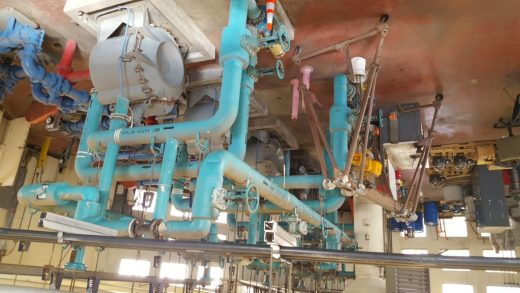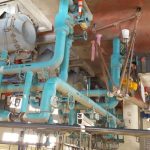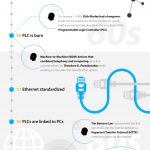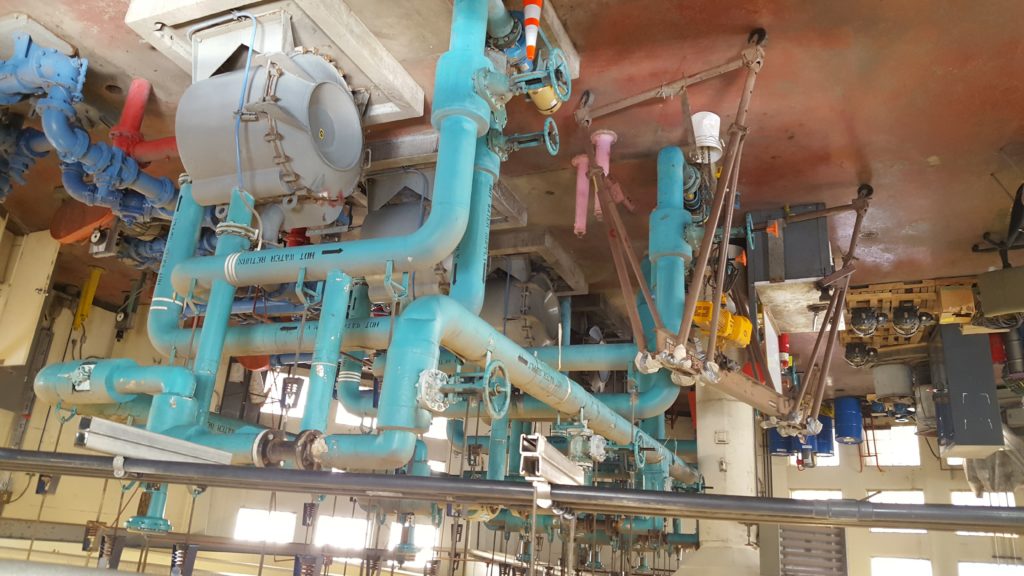Industrial IoT: Think of it as a May-December romance
Industrial IoT: Think of it as a May-December romance

Is industrial IoT new or old?
It’s a more complex question than you think. If you’ve experienced the advertising barrage of the past decade, you might have concluded that large industrial companies are just discovering the power of data. Ports are being rigged with sensors and software to optimize boat traffic. Cities are saving millions by switching to smart LEDs that cut energy and reduce maintenance demands. People are scurrying up and down escalators in an artsy blur.
The underlying message is that the 19th century has suddenly discovered the 21st.
But when you dig into it, you’ll soon discover that data—and systems animated by data—have been an essential player on the factory floor for decades. The first industrial robot, Unimate, went live in a General Motors facility in 1959. SCADA systems for controlling industrial equipment have been around so long many have forgotten, or never learned, what the acronym stands for. Oil and gas producers played a big part in bringing technologies like GPS and data visualization to the mainstream.
Here’s another fun fact: the average age of a transformer in the U.S. is now around 43 years and some are 70, or well beyond the 35-year length of their warranties. (The picture you’re looking at is a collection of pipes and pumping equipment from a wastewater treatment center in San Francisco. The equipment dates back to the 1950s. It’s no longer in use but it’s still in place.)
So what’s the right answer? Both.
See also: Industrial IoT set to turbocharge lean manufacturing
What we are seeing in industrial IoT is a marriage of young and old. Manufacturers aren’t racing out to replace aging equipment with intelligent new models. Instead, they are grafting on IoT gateways and wireless radios to effectively get the same (or better) results with far fewer headaches. Old becomes young again.
Take, for example, J.D. Irving. The 135-year old Canadian conglomerate is the fourth largest supplier of frozen French fries, produces paper for magazines like Vogue and plants approximately 20 million trees a year in Canada’s largest reforestation project.
It also makes toilet tissue. At its factories, a large roll of luxuriously soft paper goes in one end of a piece of equipment called a log saw and out comes a cascade of identical six-inch rolls. Even though they are located in factories, however, logs saws are “remote,” i.e. the information inside the control system is effectively landlocked. Replacing the existing system to would have cost close to $ 31,500, mostly due to labor and cabling.
Adding wireless sensors ran $ 9,600, says Keith Flynn of RtTech Software, which collaborated with J.D. Irving on the project. As a result, the company can now do things like vibration analysis, preventative maintenance or peak power management. Wireless also opens up options for things like managing traffic for the automated forklifts.
Likewise, rail operators are looking at ways of rigging rugged wireless sensors onto freight cars to prevent mishaps and conduct forensics better.
Not everything is a retrofit
Not every situation is a retrofit. Dell monitors power consumption and equipment health of its micro-modular data centers with IoT gateways. Think of the micro modular as your neighborhood Netflix outlet. Carriers and content providers will install these to locate the most popular videos (or business documents) closer to users to cut down lag time and telecommunications costs.
Are retrofits the answer to everything? No. Many of these assets were put into place decades before computer viruses were weaponized. Installing gateways means reviewing and tightening security policies. Companies will also have to go through the process of determining whether they want to keep and analyze most of these data locally and in-house, or whether to outsource it.
Still, the declining cost and increasing sophistication of sensors and algorithms, along with the growing portfolio of analysis platforms, mean that wireless upgrade will increasingly become the de facto choice. It’s simply an easier way to experiment.
And that means that a lot of equipment nearing retirement age will get a new lease on life.
The author is a technical analyst at OSIsoft.
The post Industrial IoT: Think of it as a May-December romance appeared first on ReadWrite.
(52)













